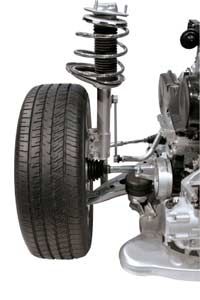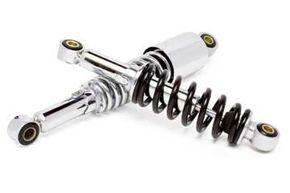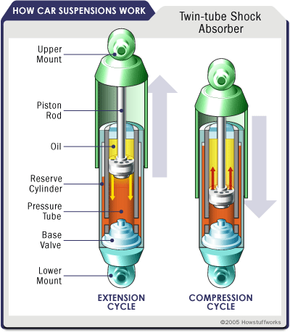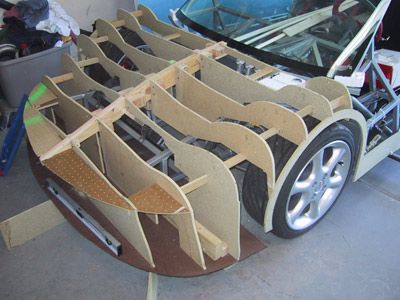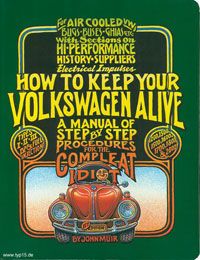We fill our lives with barriers to protect us from the harsh realities of life. From the roof over your head to the parental lock on your cable box, the eternal issue is always the same: How long can this barrier protect our soft, ordered little world from the barbarians at the gates?
Fancy metaphors aside, this question applies every time you climb behind the steering wheel. Your pampered cab may be a world full of satellite radio serenades, wood-beaded massage seat covers and lavender-scented air fresheners, but the road is hard, winding and bumpy.
Advertisement
Lucky for you, your car suspension features snubbers or shock absorbers to help soften the ride. These key parts fall into two basic categories -- gas-charged and conventional. Neither type is immune to the wear and tear of the road. But just how long can your expect these tailbone-saving gadgets to last?
The short answer? Experts recommend replacing shocks every 50,000 miles (80,467 kilometers), but a great deal depends on how you treat your vehicle's suspension. Are you logging all those miles on the placid interstate, or are you off-roading on winding dirt roads through the untamed wild? Well, before that point, unusual suspension noises or excessive bounce or sway may indicate it's time to replace those shocks.
In this article, we'll look at the various factors that affect shock absorber longevity, as well as how to maintain and ultimately replace your shocks. So buckle up. Depending on the condition of your shocks, it might be a bumpy ride.
Advertisement
